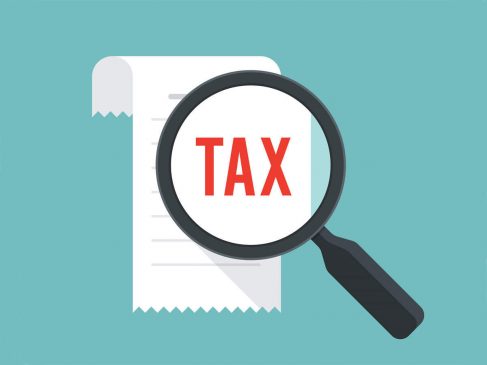There are more than 80 million taxpayers in India and of which besides corporates, salaried class taxpayers form a significant chunk. The annual budget exercise is one of the keenly awaited regulatory announcements by the salaried class as any reliefs/deductions or changes in tax rates directly impact their finances and budget. Some of the wishlists of the salaried taxpayer class which they expect from Budget 2023 are as under:
Enhancing the Savings based Tax deductions – Section 80C
Deduction u/s 80C of the Income-tax Act, 1961 (‘IT Act’) covers multiple savings/investment-based deductions such as LIC, PPF, Employees’ contribution to RPF/Superannuation Fund, etc. However, the overall limit is restricted to Rs. 1,50,000 p.a. and also it is notable that it was last revised in the 2014 budget. The overall deduction limit is still on the lower side as section 80C covers a basket of eligible investments on which deduction is allowed such as 5 years fixed deposits, Equity Linked Savings Scheme (ELSS), Principal repayment on housing loan, life insurance, Sukanya Samriddhi Yojana, provident fund contribution, etc. As such, it is expected that the current limit of deduction u/s 80C be increased to Rs. 200,000 p.a.
Read More: Income Tax Return Filing AY 2022-23: December 31 Is Last Date For Filing Revised, Belated ITR
Limit of Standard Deduction to be increased to factor Inflation – Section 16 (ia)
The standard deduction u/s 16(ia) of the IT Act of Rs. 50,000 p.a. that is allowed to a salaried employee is expected to be enhanced to Rs. 75,000 p.a. considering the current inflation levels and also the increased cost of living. Alternatively, instead of increasing the limit by a fixed amount, the one-time annual increase in standard deduction limit may also be linked to the inflation rate.
Rationalisation of Period of Holding for Debt Mutual Funds/ Bonds/ Debentures
In case of Debt Mutual funds, Unlisted Bonds and Debentures, etc., the threshold period of holding for the purpose of computation of long-term capital gains is 36 months (or 3 years). Thus, the investors would be required to hold such securities for a period of 3 years in order to be able to classify the same as long-term capital gains taxable u/s 112 of the IT Act. On the other hand, other capital assets such as listed shares, equity mutual funds, etc. enjoy threshold period of 12 months. In contrast, unlisted shares and investment in immovable property enjoy a threshold period of 24 months in order to be able to classify as a long-term capital gain.
Thus, rationalization of the period of holding is required in case of Debt Mutual funds, Unlisted Bonds and Debentures, etc. wherein the threshold period of holding for such securities needs to be reduced from 36 months to 24 months.
Increasing the limit of some allowances
The provisions under the ‘Salary’ head provide for numerous allowances such as Children Education Allowance of Rs. 100 per month per child and Children Hostel Expenditure Allowance of Rs. 300 per month per child. Such limits are not in consonance with the current education cost and needs to be adjusted for inflation, as such allowance limits have not been revised upwards for more than 20 years. Considering the cost of education has increased substantially, it is expected that the said threshold limits also be rationalized to make it more contemporary and realistic.
Increase in the threshold limit of Rs 50,000 for contribution to specified Pension schemes – Section 80CCD(1B)
Section 80CCD(1B) of the IT Act provides that salaried employers can claim deduction w.r.t. contributions made to certain specified pension schemes of the Central Government (For instance, National Pension Scheme, Atal Pension Scheme) to the extent of Rs. 50,000 p.a. over and above the threshold limit u/s 80C of Rs. 1,50,000 p.a. It is expected that to encourage investments in retirement plans, the investment limit under section 80CCD(1B) be increased from Rs. 50,000 to Rs. 100,000 p.a.





































